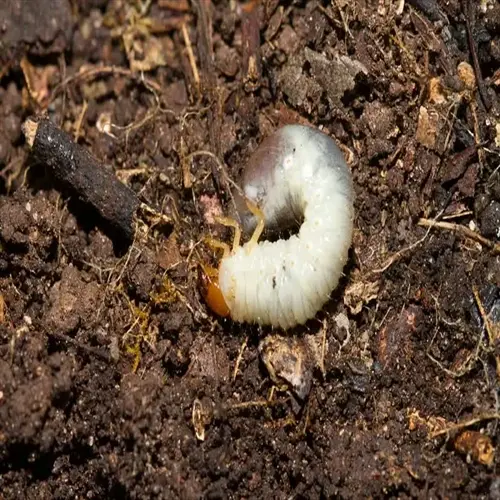What are common myths about invasive species?

Written by
Olivia Mitchell
Reviewed by
Prof. Samuel Fitzgerald, Ph.D.Effective management of invasive species starts with debunking commonly held myths. These misconceptions delay action, wasting valuable time and resources. Many erroneous statements may be made regarding various control techniques and ecological repercussions. Awareness of the truth can help implement scientifically based measures that effectively safeguard ecological systems.
Myth: All non-native species are harmful
- Reality: Only 10% of non-natives become invasive
- Most coexist without ecological damage
- Focus management on proven high-impact invaders
Myth: Nature balances invasions automatically
- Reality: 73% of invasives expand without intervention
- Native species lack defenses against novel threats
- Active control remains essential for containment
Myth: Manual removal solves infestations
- Reality: Many regrow from root fragments left behind
- Complete extraction requires specific timing and depth
- 90% of manually cleared sites show regrowth within a year
Myth: Herbicides always harm ecosystems
- Reality: Precision methods reduce non-target impacts
- Aquatic-approved formulas degrade within standard timeframes
- Proper application preserves native plants effectively
These myths create serious management problems. The believers may not permit necessary herbicide treatments or perhaps delay reporting invasions to the management. As a consequence, funds are wasted on manual efforts that are ineffective, and the invaders continue to spread. Correct information on this phase of the question will prevent such waste and protect progress made in conservation.
Evidence-informed methods can help break through misconception barriers. Training programs can effectively give proper learning of identification and control techniques. Demonstration sites can provide knowledge about robust integrated pest management. Your participation in educational initiatives can replace misconceptions with actionable strategies that are sustainable over longer timeframes.
Read the full article: Invasive Species Control: Ultimate Management Guide

